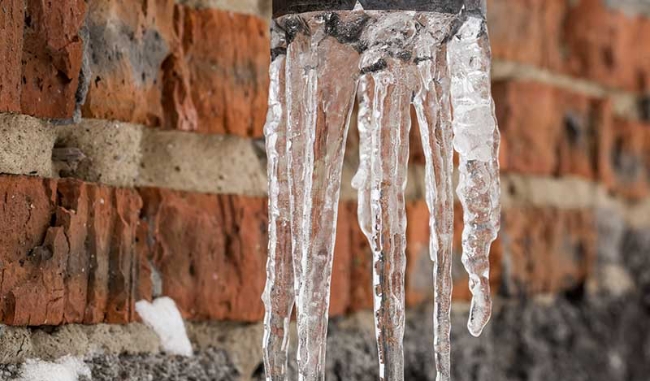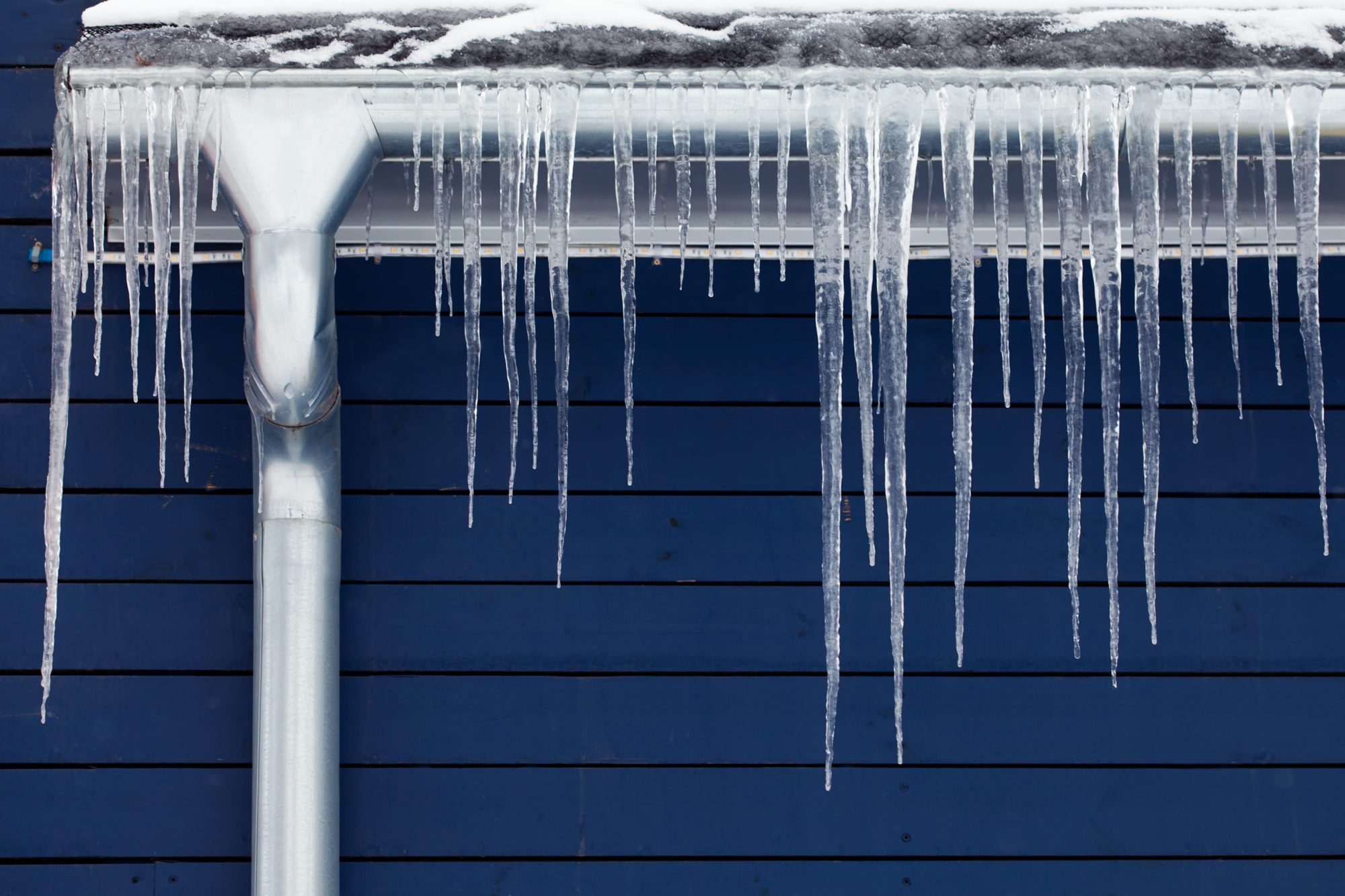Crucial Advice to Prevent Frozen Pipes in Cold Weather: Expert Insights
Crucial Advice to Prevent Frozen Pipes in Cold Weather: Expert Insights
Blog Article
This article down the page involving Prevent Frozen Pipes is without a doubt stimulating. Don't miss out on it.

Winter can damage your pipes, particularly by freezing pipes. Here's just how to avoid it from occurring and what to do if it does.
Introduction
As temperatures drop, the danger of icy pipes boosts, possibly leading to pricey repair work and water damage. Recognizing just how to stop frozen pipes is critical for house owners in cool environments.
Recognizing Icy Pipelines
What triggers pipelines to ice up?
Pipelines freeze when exposed to temperatures below 32 ° F (0 ° C) for prolonged periods. As water inside the pipes ices up, it broadens, taxing the pipe wall surfaces and possibly triggering them to break.
Threats and problems
Frozen pipes can bring about supply of water disturbances, home damage, and expensive repairs. Ruptured pipelines can flood homes and create substantial structural damage.
Signs of Frozen Pipes
Identifying frozen pipes early can prevent them from breaking.
How to recognize frozen pipelines
Look for reduced water flow from taps, uncommon odors or noises from pipes, and visible frost on revealed pipes.
Avoidance Tips
Shielding at risk pipes
Wrap pipelines in insulation sleeves or use warmth tape to shield them from freezing temperature levels. Concentrate on pipes in unheated or outside locations of the home.
Home heating techniques
Maintain interior rooms sufficiently warmed, particularly locations with plumbing. Open closet doors to enable warm air to circulate around pipelines under sinks.
Safeguarding Exterior Plumbing
Yard pipes and exterior faucets
Disconnect and drain pipes garden pipes before winter months. Install frost-proof spigots or cover outdoor faucets with insulated caps.
What to Do If Your Pipelines Freeze
Immediate activities to take
If you suspect frozen pipes, maintain faucets open to soothe pressure as the ice melts. Make use of a hairdryer or towels soaked in hot water to thaw pipes gradually.
Long-Term Solutions
Architectural changes
Think about rerouting pipes away from exterior wall surfaces or unheated areas. Add added insulation to attic rooms, cellars, and crawl spaces.
Upgrading insulation
Invest in high-grade insulation for pipelines, attic rooms, and walls. Proper insulation assists keep regular temperatures and lowers the threat of icy pipes.
Conclusion
Avoiding frozen pipes requires aggressive actions and quick feedbacks. By comprehending the reasons, signs, and preventive measures, property owners can safeguard their plumbing throughout winter.
5 Ways to Prevent Frozen Pipes
Drain Outdoor Faucets and Disconnect Hoses
First, close the shut-off valve that controls the flow of water in the pipe to your outdoor faucet. Then, head outside to disconnect and drain your hose and open the outdoor faucet to allow the water to completely drain out of the line. Turn off the faucet when done. Finally, head back to the shut-off valve and drain the remaining water inside the pipe into a bucket or container. Additionally, if you have a home irrigation system, you should consider hiring an expert to clear the system of water each year.
Insulate Pipes
One of the best and most cost-effective methods for preventing frozen water pipes is to wrap your pipes with insulation. This is especially important for areas in your home that aren’t exposed to heat, such as an attic. We suggest using foam sleeves, which can typically be found at your local hardware store.
Keep Heat Running at 65
Your pipes are located inside your walls, and the temperature there is much colder than the rest of the house. To prevent your pipes from freezing, The Insurance Information Institute suggests that you keep your home heated to at least 65 degrees, even when traveling. You may want to invest in smart devices that can keep an eye on the temperature in your home while you’re away.
Leave Water Dripping
Moving water — even a small trickle — can prevent ice from forming inside your pipes. When freezing temps are imminent, start a drip of water from all faucets that serve exposed pipes. Leaving a few faucets running will also help relieve pressure inside the pipes and help prevent a rupture if the water inside freezes.
Open Cupboard Doors
Warm your kitchen and bathroom pipes by opening cupboards and vanities. You should also leave your interior doors ajar to help warm air circulate evenly throughout your home.

I found that content about Prevent Frozen Pipes when doing a lookup on the search engines. If you enjoyed reading our blog post kindly remember to share it. Kudos for your time. Return soon.
Call Today Report this page